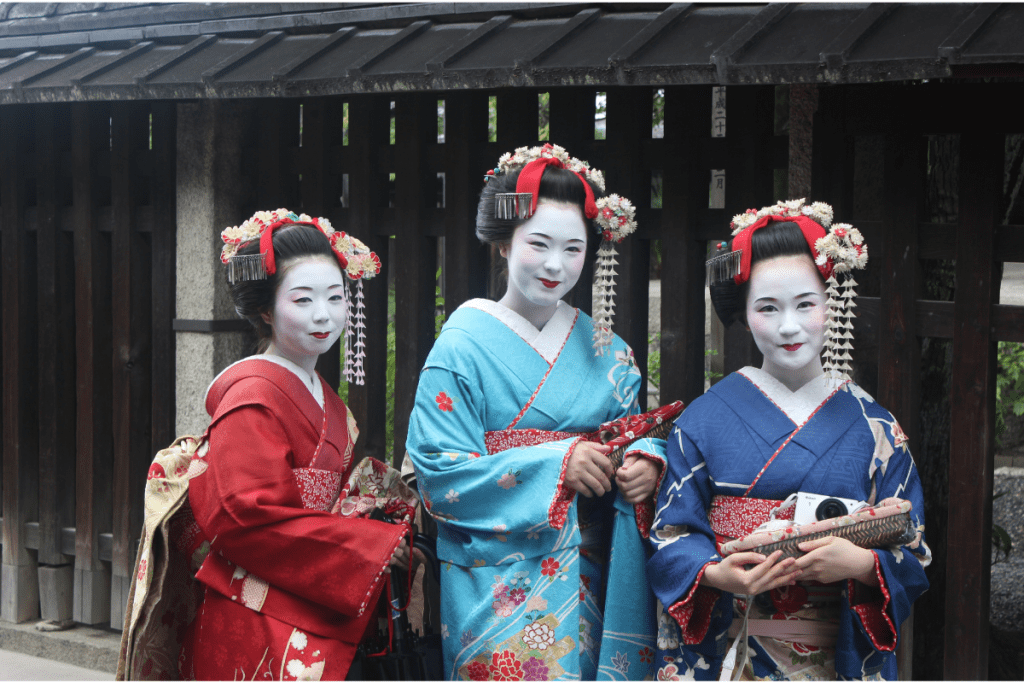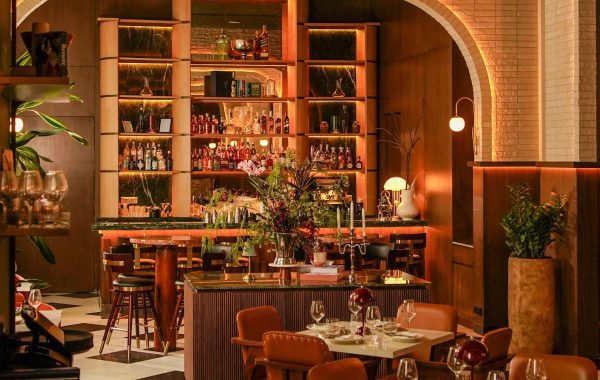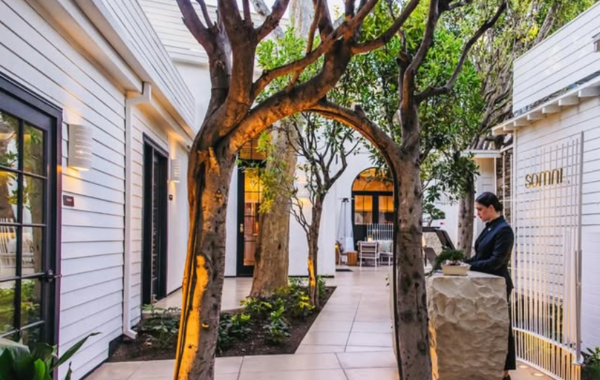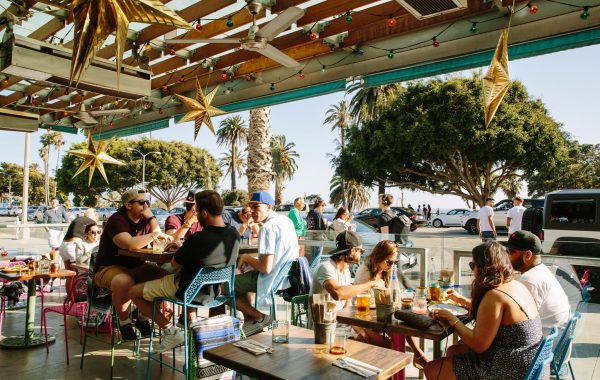Responding to the challenges of over tourism after the pandemic, Kyoto’s renowned geisha district, Gion, is imposing visitor restrictions, particularly within private alleys, to address resident concerns and safeguard cultural integrity.
Referring to this, a local representative stated that visitors would no longer be permitted to enter private alleys in Gion, Kyoto’s famous geisha district, as the ancient city grapples with over tourism post-pandemic. The Gion district, renowned for its tea houses where geisha (‘geiko’ locally) and their apprentices, known as ‘maiko,’ perform, has been a focal point of resident frustration due to disruptive tourist behavior.
Kyoto residents, particularly those in the picturesque Gion district, have consistently expressed dissatisfaction with the surge in tourist numbers, as reported. In December, the Gion district council appealed to the city administration, emphasizing that their neighborhood is not merely a tourist attraction, but a living community deserving respect.
Also Read: Dubai Launches 5-year Multiple Entry Visa For Indian Travellers: All You Need To Know
Acknowledging the persistent challenges of overtourism, the Gion district council has decided to intensify its response, planning to implement stricter measures, including a ban on tourists entering private alleys starting April. Isokazu Ota, an executive member of the Gion district council, stated that tourists would be discouraged from accessing narrow private streets, where intrusive behavior and privacy violations have become rampant.
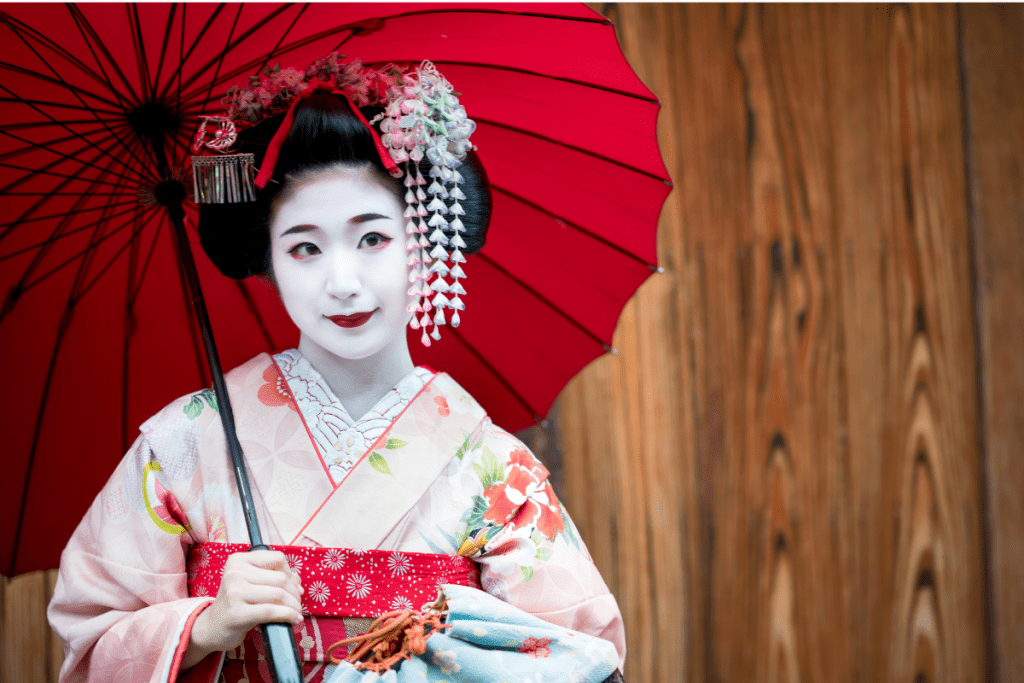
While Gion’s primary thoroughfare, Hanamikoji Street, will remain accessible to tourists, balancing accessibility and privacy, Ota stressed the need to curb intrusive conduct. Instances of disrespectful behavior, such as attempts to take photographs or getting too close to geisha on narrow streets, have necessitated more robust enforcement strategies.
Efforts to address unwanted tourist behavior have included installing warning signs prohibiting photography on private roads, accompanied by potential fines for violations. Despite these measures, challenges persist, prompting the need for stricter regulations.
Also Read: A Look at Trojena’s Clusters at NEOM Saudi Arabia
Crucially, it is imperative to dispel misconceptions surrounding geisha, clarifying that they are not sex workers but highly skilled entertainers proficient in traditional Japanese arts, including dance, music, and storytelling.
The initiative in Gion aligns with broader endeavors across Japan to combat over tourism and protect cultural heritage sites. Iconic destinations like Mount Fuji are implementing measures such as visitor fees and capacity limits to effectively manage tourism influxes.
For latest travel news and updates, food and drink journeys, restaurant features, and more, like us on Facebook or follow us on Instagram. Read more on Travel and Food Network
Trending on TFN
A Spanish Odyssey: Trafalgar’s Unparalleled Best of Spain Itinerary
Imperial Splendors: Trafalgar’s 10-Day Sojourn in Prague, Vienna, and Budapest


